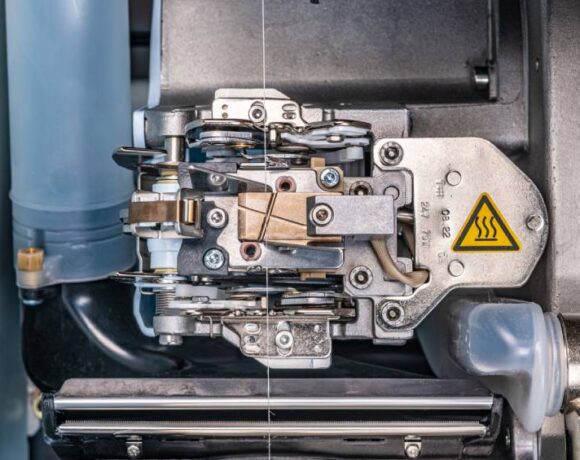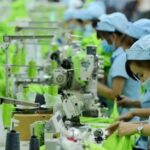Stratasys’ DTG Ideal For Customisation & Personalisation

Stratasys has launched its Direct-to-Garment (DTG) solution for the J850 TechStyle printer, the newest offering in the Stratasys 3DFashion direct-to-textile printing technology.
“The first example of its application is an Urban Tattoo denim collection which will be revealed at the Texprocess exhibition in Frankfurt, Germany,” Stratasys said in a press release.
The D2G solution is ideal for customisation and personalisation by enabling the application of full colour multi-material 3D print directly on fully assembled garments of various fabric types.
It allows fashion brands to facilitate personalised and bespoke designs for customers, including the ability to tailor 3D prints according to individual preferences, sizes, and styles.
“Many brands are limited in how much they can mass produce denim clothing, while maintaining a level of personalisation that has meaning to the wearer,” Zehavit Reisin, Sr VP at Stratasys said.
“We are giving brands the opportunity to do something remarkable, to bring more character to their clothing line, while pushing a more sustainable business practice,” he added.
Available in two sizes, the DTG tray kits facilitate the personalisation of garments ranging from jeans to jackets, enabling designers and manufacturers to adopt more sustainable practices by reducing material waste.
The seamless workflow delivers ease of calibration and compatibility with various garment sizes, streamlining the production process and fostering the creation of unique, personalized apparel.
Demonstrating this innovation, the Urban Tattoo collection showcases the potential and the ease of direct-to-garment 3D printing.
Working with noted designers Karim Rashid, Travis Fitch, Zlatko Yanakiev at Meshroom along with Foraeva Studio, this distinctive collection shows the transformation of ordinary garments into extraordinary pieces of wearable art, imbuing them with personal identity and meaning.
Like body tattoos, Urban Tattoos promote a deeper emotional connection, encouraging the upcycling of existing garments and contributing to a more sustainable fashion ecosystem.















